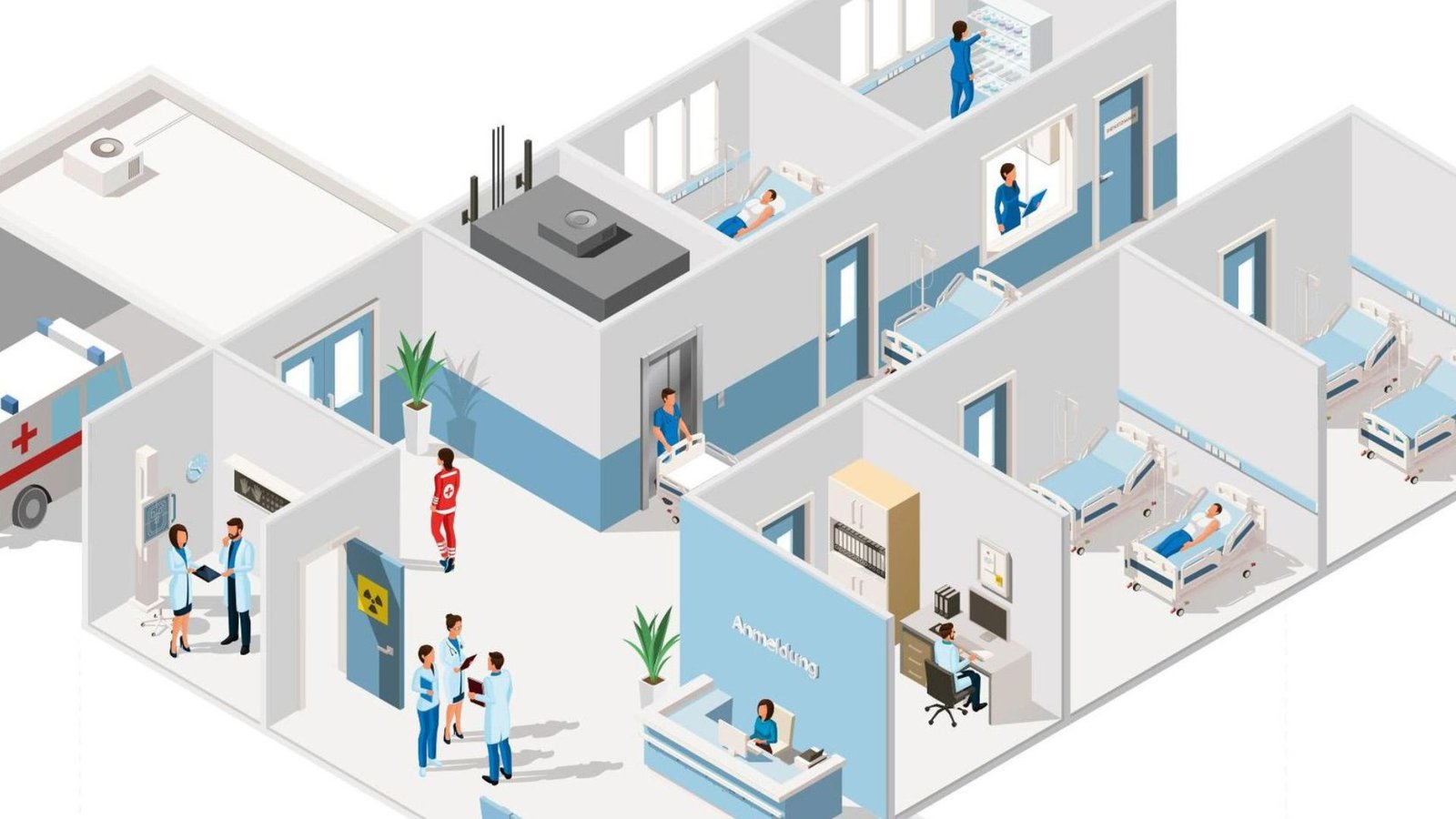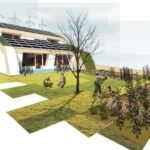The Role of Architectural Function in Healthcare Facilities
Architectural function plays a critical role in the design and operation of healthcare facilities. Effective design not only improves the efficiency of medical services but also enhances patient outcomes and staff satisfaction. Here’s a detailed look at how architectural function impacts healthcare facilities.

Enhancing Patient Experience
To begin with, the design of healthcare facilities significantly influences patient experience. An effective layout can contribute to a more positive experience in several ways:
- Privacy and Comfort: Creating private patient rooms and comfortable waiting areas ensures patients feel secure and at ease. For instance, private rooms reduce stress and improve patient recovery.
- Clear Navigation: Designing intuitive layouts with clear signage helps patients and visitors find their way easily. This reduces confusion and anxiety, especially in large facilities.
- Natural Light: Incorporating natural light into patient areas can improve mood and promote healing. Studies show that access to daylight positively affects patient recovery and well-being.
These design elements collectively enhance the overall patient experience, making their time in the facility more pleasant and less stressful.
Optimizing Workflow for Staff
Moreover, the architectural function is essential for optimizing workflow for healthcare staff. A well-designed facility can streamline operations and improve efficiency:
- Efficient Layouts: Organizing departments and workspaces logically reduces the time staff spends moving between areas. For example, placing diagnostic services near treatment areas minimizes travel time.
- Flexible Spaces: Designing adaptable spaces that can be easily reconfigured supports a range of activities and workflows. This flexibility is particularly useful in dynamic healthcare environments.
- Staff Amenities: Providing dedicated areas for staff breaks and support services helps in reducing burnout and increasing job satisfaction. Comfortable break rooms and well-equipped facilities contribute to staff well-being.
An optimized layout and efficient design directly impact staff productivity and morale, leading to better patient care.
Supporting Infection Control
Infection control is another critical aspect of healthcare facility design. Architectural function plays a key role in managing and preventing the spread of infections:
- Separate Zones: Designing distinct zones for clean and contaminated areas helps prevent cross-contamination. For instance, creating separate pathways for staff and patients reduces the risk of spreading infections.
- Easy-to-Clean Surfaces: Using materials that are easy to clean and maintain supports hygiene efforts. Non-porous, antimicrobial surfaces help in controlling infection spread.
- Ventilation Systems: Incorporating advanced ventilation systems that ensure proper air exchange and filtration reduces airborne contaminants and improves air quality.
Effective infection control measures protect both patients and staff and contribute to a safer healthcare environment.
Enhancing Patient Safety
Patient safety is paramount in healthcare facility design. The architectural function must support safety protocols and reduce risks:
- Safe Design Features: Implementing safety features such as non-slip floors, handrails, and emergency exits helps prevent accidents and injuries. These elements are particularly important in high-traffic and high-risk areas.
- Clear Sightlines: Designing spaces with clear sightlines allows staff to monitor patients effectively and respond quickly to emergencies. Visibility aids in maintaining safety and security throughout the facility.
- Secure Access: Incorporating controlled access points and security measures ensures that only authorized personnel can enter sensitive areas. This helps in safeguarding patient information and controlling access to restricted zones.
Architectural design that prioritizes safety measures helps create a secure and protected environment for both patients and staff.
Integrating Technology
The integration of technology into healthcare facilities is increasingly important. Architectural function must accommodate and enhance technological advancements:
- Infrastructure for Technology: Designing spaces with adequate infrastructure to support medical equipment and technology is essential. This includes provisions for electrical outlets, data connections, and specialized equipment.
- Telemedicine Facilities: Incorporating areas designed for telemedicine and virtual consultations supports modern healthcare practices. Dedicated spaces for video consultations can enhance patient access to care.
- Smart Building Systems: Implementing smart building systems that control lighting, temperature, and security improves operational efficiency and patient comfort.
The integration of technology into the design of healthcare facilities supports modern medical practices and enhances overall functionality.
Facilitating Healing Environments
Creating a healing environment is a fundamental goal in healthcare design. The architectural function contributes to this by:
- Healing Gardens: Designing outdoor spaces such as gardens and courtyards provides patients with tranquil areas to relax and recover. These spaces contribute to emotional and mental well-being.
- Therapeutic Design: Using design elements such as soothing colors, natural materials, and calming artwork creates a more relaxing atmosphere. These elements can have a positive impact on patient recovery.
- Family Spaces: Providing spaces for families to gather and support their loved ones contributes to the overall healing process. Comfortable and supportive environments help reduce stress for both patients and their families.
Designing with a focus on healing environments enhances patient recovery and improves the overall experience of those in the facility.
Conclusion
In summary, architectural function plays a crucial role in the effectiveness of healthcare facilities. By enhancing patient experience, optimizing staff workflow, supporting infection control, enhancing safety, integrating technology, and facilitating healing environments, architectural design directly impacts the quality of care and operational efficiency. Thoughtful design in healthcare facilities not only improves patient outcomes but also supports staff well-being and overall facility performance.



